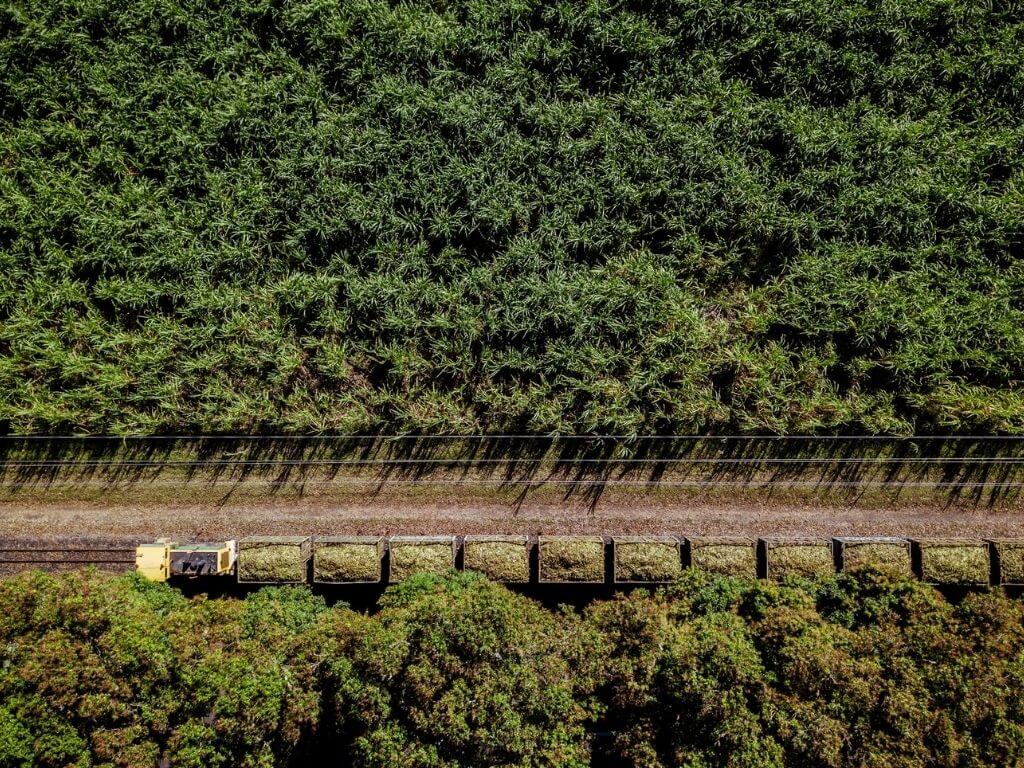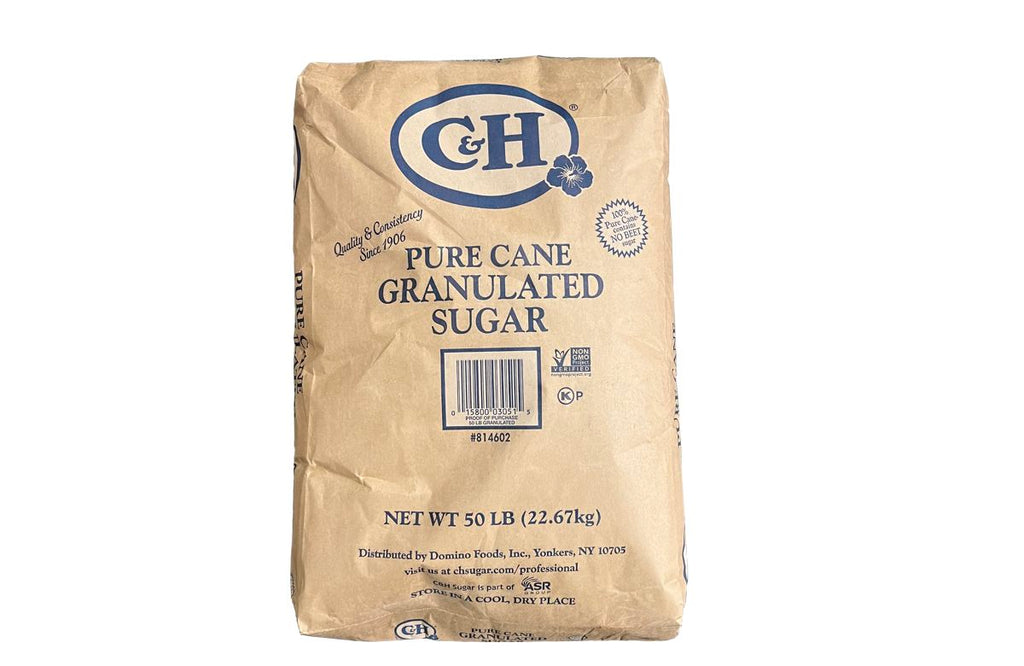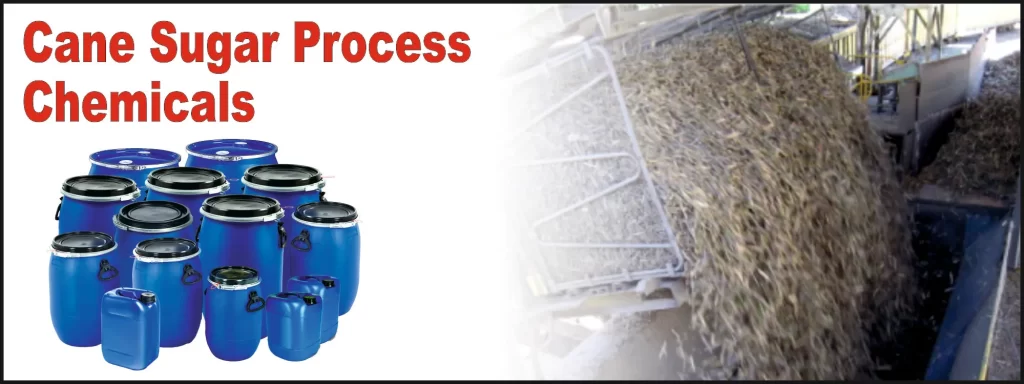Recognizing the Diverse Roles of Sugar Cane in Farming and Production
Sugar Cane plays a vital role in both agriculture and production. As a major money plant, it affects economies in exotic areas. Its adaptability extends past sugar production to biofuels and naturally degradable products. Furthermore, sugar Cane cultivation promotes dirt wellness and biodiversity. Nonetheless, the full extent of its contributions and prospective in lasting practices continues to be to be explored. What cutting-edge procedures could enhance its role in future agricultural systems?
The Agricultural Relevance of Sugar Walking Cane
Sugar Cane plays a necessary duty in agriculture, contributing considerably to the economic climates of numerous tropical and subtropical areas. This lawn types prospers in cozy climates, requiring enough sunshine and water, making it a suitable plant for these locations. Sugar Cane is largely grown for its high sucrose material, which acts as an essential raw material for sugar production. In addition, it plays a significant role in soil conservation by preventing erosion and improving soil fertility through its growth cycles. Sugar cane's extensive origin system help in water retention, profiting surrounding crops. Additionally, the plant sustains regional ecological communities by giving environment and food for numerous wild animals species. Farmers typically integrate sugar Cane right into crop turning systems, improving biodiversity and agricultural strength. The farming of sugar Cane not only satisfies regional food needs however also fosters sustainable farming methods, advertising long-lasting ecological health and wellness in farming communities.
Financial Contributions of Sugar Cane Farming
Sugar Cane is commonly neglected, its financial contributions are considerable, especially in establishing nations where it serves as a necessary cash plant. The growing of sugar Cane creates considerable revenue for millions of farmers, providing resources and fostering rural growth. As a versatile plant, it sustains different markets, consisting of sugar manufacturing, biofuels, and drugs, as a result boosting regional economies.
Moreover, sugar Cane growing advertises task creation in agricultural markets, refining centers, and transport networks. It likewise adds to international exchange profits via exports, boosting national financial stability. In regions such as Brazil and India, sugar Cane plays an essential function in farming exports, reinforcing trade equilibriums.
Additionally, the plant's spin-offs, like bagasse and molasses, supply more financial opportunities, used in power generation and animal feed. Therefore, the economic impact of sugar Cane extends past mere growing, affecting more comprehensive commercial and farming landscapes.
The Process of Sugar Production From Walking Cane

The trip from sugar Cane to refined sugar involves numerous crucial stages that highlight the complexity of sugar manufacturing. At first, mature sugar Cane stalks are collected and delivered to refining facilities. The Cane is then squashed to draw out juice, which has a high concentration of sucrose. This juice goes through clarification, where contaminations are eliminated, often utilizing lime and warm
Next, the clarified juice is evaporated to concentrate the sugar content. The resulting syrup is then subjected to crystallization, enabling sugar crystals to form. These crystals are separated from the remaining syrup with centrifugation and cleaned to get rid of any residual molasses.
The last stage involves refining, where sugar crystals are more purified and blonde, resulting in the white granulated sugar typically used in food. This thorough process highlights the intricate journey from raw Cane to the sugar that plays an essential role in various culinary applications.
Sugar Cane as a Resource of Biofuels
As passion in eco-friendly power sources expands, sugar Cane has actually emerged as a significant candidate for biofuel manufacturing. The plant's high sugar material enables reliable fermentation processes, converting sugars right into ethanol. This biofuel offers as a renewable option to nonrenewable fuel sources, decreasing greenhouse gas discharges and advertising energy sustainability.
Countries like Brazil have actually lengthy made use of sugar Cane for ethanol, establishing considerable production framework that supports both residential power demands and international export. The farming of sugar Cane for biofuel has actually additionally developed financial opportunities, especially in backwoods, where it creates work and sustains regional farming.
Additionally, sugar Cane biofuels can be integrated into existing fuel systems, making them a practical option for moving away from typical energy resources. As technological innovations continue to boost production efficiency, sugar walking stick's role in biofuel growth is poised to broaden, even more contributing to global initiatives towards eco-friendly energy adoption.
Cutting-edge Usages of Sugar Cane in Biodegradable Plastics
A growing number of makers and researchers are checking out ingenious usages of sugar Cane in the manufacturing of naturally degradable plastics. Sugar cane, abundant in sucrose, can be processed to develop polylactic acid (PLA), a biopolymer that serves as an option to petroleum-based plastics. This bioplastic can be used in numerous applications, including product packaging, disposable flatware, and agricultural movies.
Making use of sugar cane-derived PLA provides several benefits, such as reduced dependancy on nonrenewable fuel sources and the potential for reduced carbon discharges throughout manufacturing. In addition, sugar walking stick's eco-friendly nature makes it an enticing choice in the mission for lasting products. Current developments in processing methods have boosted the effectiveness and cost-effectiveness of producing these bioplastics, fostering greater adoption in the industry. As the need for environmentally friendly services grows, sugar Cane sticks out as an important source in the shift towards greener manufacturing practices.
Environmental Advantages of Sugar Cane Farming

On top of that, sugar Cane calls for much less water compared to various other crops, making it ideal for farming in arid areas. Reliable use plant residues, such as bagasse, can lessen waste and supply eco-friendly energy sources. Furthermore, sugar Cane farming can assist in the facility of agroforestry systems, producing a synergistic partnership between trees and crops. These techniques not just protect the atmosphere however additionally promote lasting agricultural methods, eventually profiting local communities and environments.
The Future of Sugar Cane in Sustainable Practices

Furthermore, the possibility for sugar Cane to add to renewable resource sources is getting traction. Biofuels obtained from sugar Cane can especially decrease carbon exhausts compared to nonrenewable fuel sources, straightening with global environment goals. Additionally, innovations in waste monitoring permit the application of by-products, additionally decreasing environmental influence.
Study into drought-resistant sugar Cane selections is likewise underway, using strength against environment change. As stakeholders throughout the sector welcome these lasting practices, sugar Cane is poised to play a vital role in fostering farming sustainability, guaranteeing its importance in future markets and adding positively to environmental balance.

Frequently Asked Concerns
How Does Sugar Cane Affect Dirt Health and Fertility?
The influence of sugar Cane on dirt wellness and fertility is considerable. Its considerable origin system improves soil framework, while natural issue from decaying leaves adds essential nutrients, advertising overall fertility and sustaining varied microbial life.
What Are the Labor Conditions for Sugar Cane Employees?
Labor problems for sugar Cane workers vary widely, often identified by lengthy hours, low wages, and unsafe settings. Lots of face difficulties such as lack of accessibility to health care and insufficient safety procedures against unsafe problems.
Can Sugar Cane Be Grown in Non-Tropical Environments?
Sugar Cane normally grows in exotic climates as a result of its heat and moisture demands. Particular non-tropical regions might successfully cultivate it via particular farming techniques, though yields and high quality might be significantly lowered.
What Pests Frequently Endanger Sugar Cane Crops?
Pests harmful sugar Cane plants include the sugarcane borer, aphids, and nematodes. These microorganisms can greatly impact crop return, demanding effective bug management methods to assure healthy growth and make the most of farming performance.
Just How Does Sugar Cane Growing Effect Resident Communities?
The farming of sugar Cane considerably impacts local neighborhoods by giving job opportunity, boosting economic growth, and affecting social frameworks. In addition, it can result in environmental challenges, impacting agricultural methods and neighborhood health and wellness in the region.
Sugar Cane is mostly cultivated for its high sucrose content, which serves browse around here as a critical raw product for sugar manufacturing. Farmers often incorporate sugar Cane right into plant turning systems, enhancing biodiversity and agricultural durability. The journey from sugar Cane to refined sugar involves a number of crucial phases that highlight the intricacy of sugar manufacturing. The last stage includes refining, where sugar crystals are more purified and blonde, resulting in the white granulated sugar commonly made use of in food items. The plant's high sugar web content makes it possible for efficient fermentation procedures, transforming sugars right into ethanol.